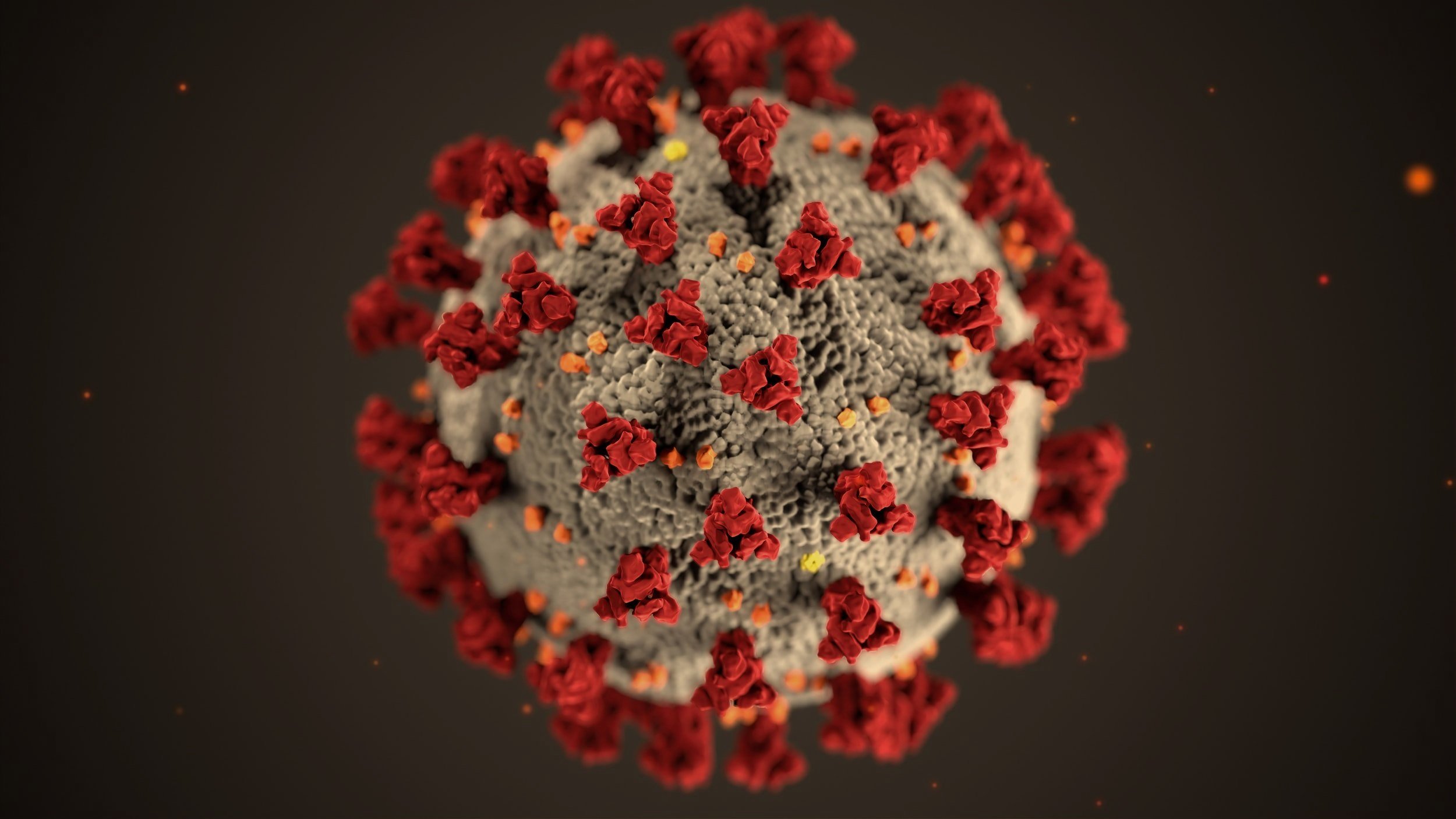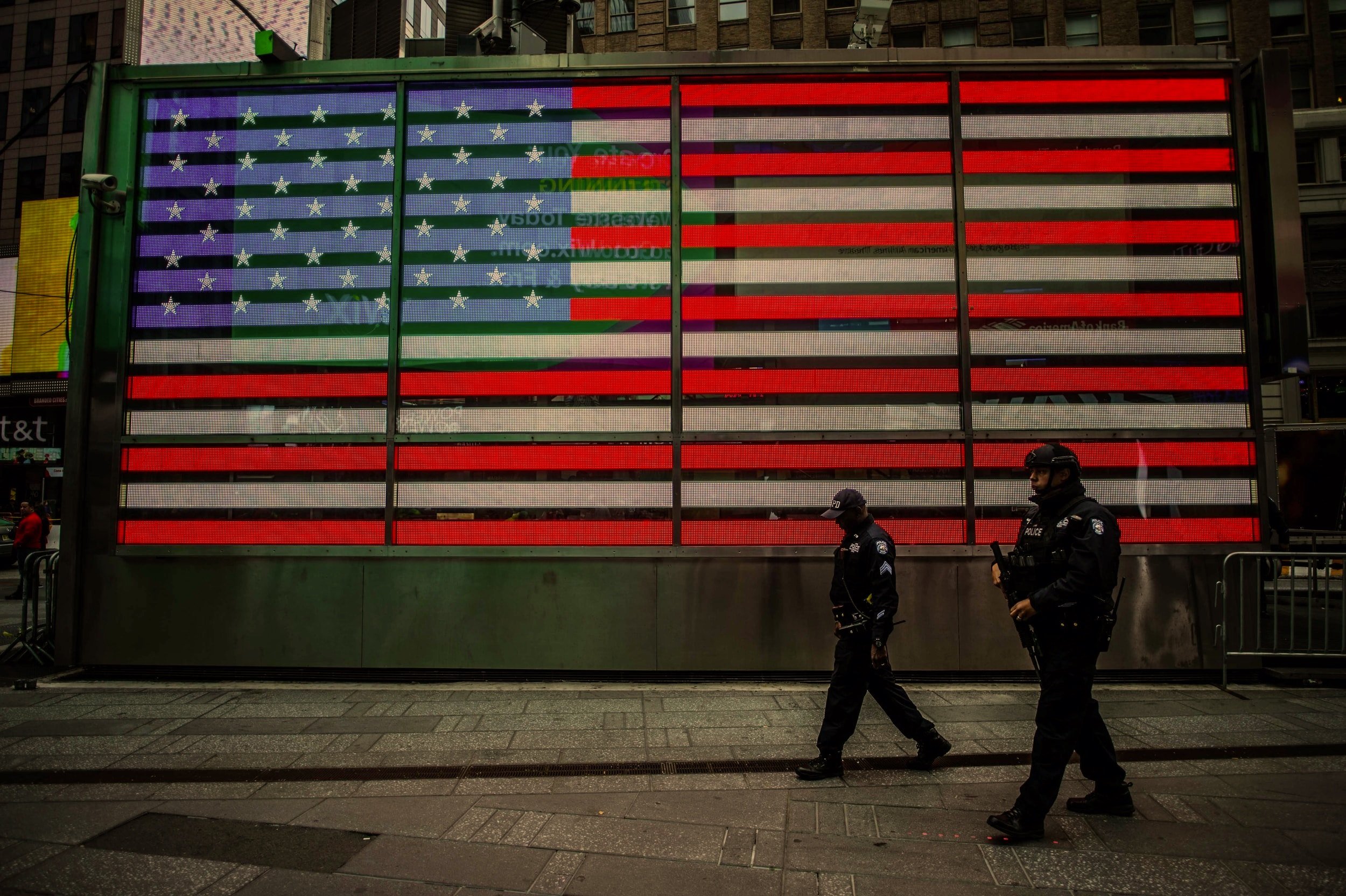
Case Story: Hiring An Attorney Before You’re Charged
When our client was shot during a home invasion, the police began
investigating him and his possible role in the incident. We helped him meet with law enforcement, explain the situation, and answer their questions. Due to his openness and honesty, the government decided not to prosecute him and instead gave him a pretrial diversion—a rarity in federal court.
DISCLAIMER:
CASE RESULTS DEPEND ON A VARIETY OF FACTORS UNIQUE TO EACH CASE. CASE RESULTS DO NOT GUARANTEE OR PREDICT A SIMILAR RESULT IN ANY FUTURE CASE.
Normally, when a person is shot by another, the one who got shot is considered the “victim” and the one who did the shooting is considered the “perpetrator.” And that makes logical sense. But what about when there’s more to the story? Like when the perpetrator and the victim know one another. Or least are acquaintances. And the reason for the shooting isn’t as clear cut as it seems at first blush.
What happens when a shooting isn’t the cut-and-dry shooter/shootee scenario described above?
That’s what this case is about.
Our client was shot when two men came to his house after a night of drinking. The men were sort of invited, but sort of not. Our client knew them, but sort of not. And the reason for the shooting seemed clear, but sort of not.
After being shot, and while still in the hospital, our client hired us to help him navigate what turned out to be quite a sticky situation. By leveraging our experience and contacts, we helped him get out in front of the situation, meet with law enforcement, and avoid any criminal consequences related to the shooting.
Here’s how.
The Incident
After a night of drinking in downtown Fargo, our client invited a group of friends back to his house for an “after party.” In addition to his close friends, there were also two less close friends who wanted to come to the party.
Not wanting to cause a scene, our client begrudgingly agreed to allow the two to attend.
This turned out to be a nearly fatal mistake.
Upon being let in, the two men immediately began to cause trouble and, after some verbal back and forth, a fight broke out between our client and one of the men. During the scuffle, most of which was captured on cell phone video, the man pulled a gun and shot our client in his stomach.
The aftermath of the shooting was chaotic. Our client slumped to the floor in shock. The shooter fled the scene. But for some reason, the other man stayed with our client, attended to his wound, and even drove him to the emergency room.
This act of kindness (or possibly guilt) likely saved our client’s life.
After a number of emergency surgeries, our client—though badly injured—survived.
The police then began their investigation into the shooting.
The Aftermath
The investigation uncovered several things that rubbed the police the wrong way.
First, the police were curious about the two men who committed the crime. They wanted to know who they were, why they were invited, and how well my client knew them. The big question the police wanted to know was why these two men came over, seemingly by invitation, only to then pull out a gun, shoot our client, and then rob him.
Next, the police wanted to know why our client’s house had such an elaborate security system. The home had cameras outside and inside, and the setup seemed sophisticated. Now this is not itself criminal, but given the shooting, the police began to wonder if something was going on at our client’s house that made him believe he needed added security and protection.
Finally, the police had questions about the things the men stole from our client’s home. From the security footage, they could see the men walk out of the home with all the items they stole. And while some were normal and unsurprising (cash, jewelry, etc.), one was not: a large, locked, industrial safe.
The police wanted to know what was in the safe and if the men knew that beforehand, which could provide the motive for the crime.
Only one person knew the answers to these questions: our client. The problem, however, was that he was still recovering from a gunshot wound and in no frame of mind to talk to the police.
But that didn’t stop them from trying. Luckily for our client, he had two relatives who were lawyers, and they immediately realized the importance of getting him legal counsel before talking to the police. The lawyers in this young man’s family knew that we were the right legal team to protect their family member.
Once involved, we mapped out a plan as to if and how we planned to engage the police.
Normally, this is not how we approach our work. Normally, we do not talk to the police or help them in any way. But each case and situation is different, and so there can be no one-size-fits-all approach to criminal defense.
And here, after many internal meetings, we decided the best approach was to negotiate an agreement with law enforcement to meet with them and answer their questions.
But not for free. Not out of the goodness of our heart. Our requested benefit was simple: a walk.
No charges. Not state. Not federal. A free pass in exchange for our information.
The Decision
Somewhat to our surprise, given its rarity, the government agreed to our offer and its conditions.
They made a “big fish/small fish” calculation. They believed our client was possibly involved in something nefarious—specifically, whatever was in the safe in his home—but they knew without a doubt that the other men were certainly involved in the shooting of another human being.
A Frankenstein version of “a bird in the hand, two in the bush. ”The police needed our client to help them put away the two men who shot him. And in order to do so, they had to give up something. Our client knew that. We knew that. And we leveraged that.
So we met with the police and answered their questions. We also provided access to our client’s security system so the police could see the full incident in real time. Finally, we gathered cell phone videos from others at the home the night of the shooting to give even more context to what happened.
Ultimately, our efforts helped secure a good outcome in both men’s cases. They were charged with crimes related to the shooting and both pleaded guilty.
As for us, we got the free pass we asked for. A second chance; a fresh start; a clean slate.
But considering it also came with a gunshot wound that will cause lifelong problems for our client, it seemed like a pretty fair deal.
The Takeaway
In this line of work, you always have to know “the shot” before deciding what to do.
Often the shot is to deny the allegations against you and fight until the end. But that’s not always the shot. Sometimes the shot is the one we took here—to sit down with the government, put your cards on the table, and avoid a charge altogether.
It doesn’t happen often. And we don’t do it often. But when the situation calls for it, it’s what we do.
Because this job is about getting the best result for the client.
Here, that meant meeting with the government and answering their questions. So that’s what we did. And our client is much better off for it.
Additional Case Stories
-

Fighting for Release During the COVID-19 Pandemic
We were one of the first law firms in the country to get a client released from jail because of the risk posed by COVID-19.
-

Winning a Federal Felon in Possession Case
Our client’s house caught fire, and when firefighters arrived, they acted like cops instead of firefighters. We challenged the legality of their conduct and won.
-

Winning The First Federal Illegal Reentry Case Of Its Kind
We were one of the first law firms in the country to take a Supreme Court immigration ruling and apply it to a criminal conviction – and win.

